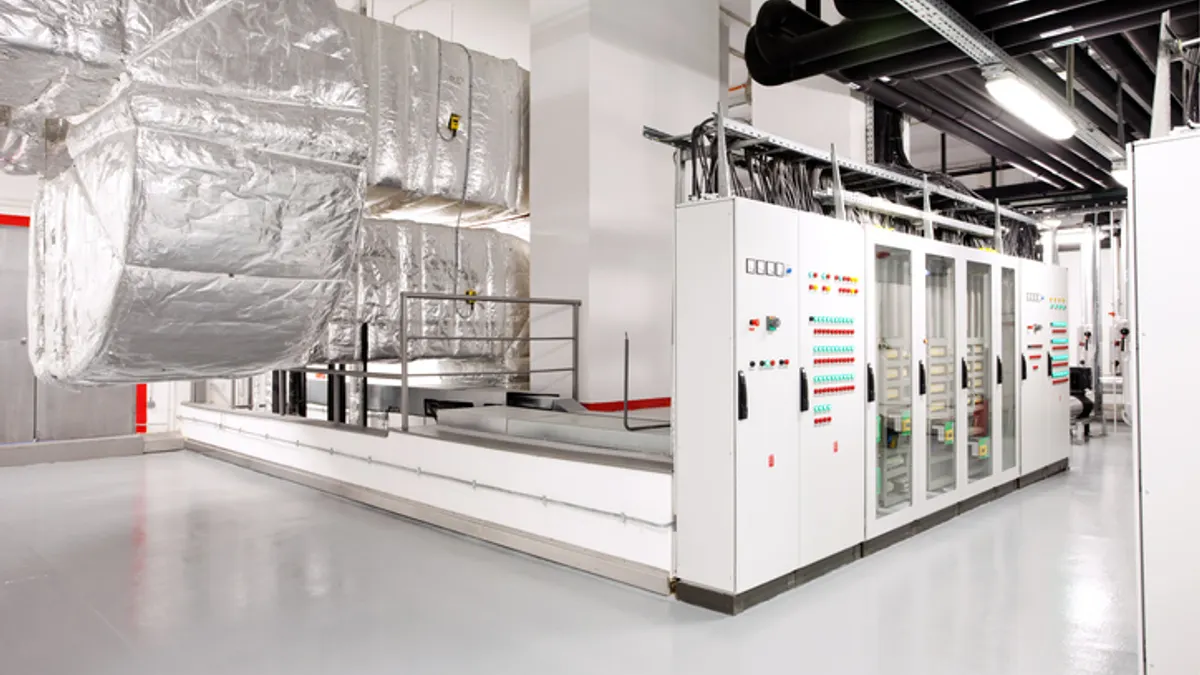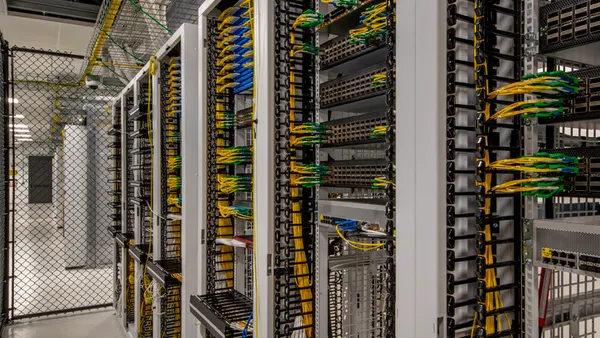The commercial real estate industry is rushing to capitalize on the promises of AI technologies, with pilot programs skyrocketing, but many companies lack systematic approaches to implement them, according to a report by JLL.
Commercial real estate professionals have been navigating a flood of bold predictions as well as hype warnings, said JLL, which surveyed more than 1,000 property executives across 16 markets. “Amid all the noise, decision-makers need to separate fact from fiction and have clarity on the true pace and payoffs,” JLL said.
The number of companies running commercial real estate AI pilots or planning to do so has jumped from 5% in 2023 to 92% this year, the report says. JLL identified about 27 use cases, with organizations pursuing five pilot projects simultaneously on average.
Ideally, organizations would start with simple, low-risk applications, like abstracting leases, enhancing employee experience or coming up with strategies for optimizing locations, fit-outs and construction projects. But with budget pressures impacting some 65% of organizations, CRE teams are focusing their AI resources on high-impact areas like portfolio optimization, energy management and data-related workflows, the firm said.
The industry is still in the early experimentation phase, with most organizations still learning what works, JLL says. The firm noted that AI’s promise of “technological leapfrogging,” where organizations can skip intermediate steps to adopt cutting-edge solutions, has captivated business leaders facing tech gaps.
The survey found “a sobering reality,” however. Rather than enabling laggards to leapfrog ahead, AI adoption is widening the gap between technology leaders and everyone else. Companies that already run successful tech programs are “pulling further ahead in AI outcomes,” JLL said.
“It’s certainly not a silver bullet,” JLL Chief Technology Officer Yao Morin told Facilities Dive last year when discussing the launch of the firm’s AI platform, JLL Falcon. Instead, he said, you should “identify practical use cases to take advantage of AI’s strongest capabilities to drive value.”
While those companies with foundational capabilities — mature data infrastructure, established change management processes and experienced teams — are achieving more from their AI efforts, most companies – over 60% – are not, the report says. These companies must address fundamental technology issues, like tools with duplicated functionality and systems that are lying dormant, before they can fully leverage AI capabilities.
JLL recommends organizations try to balance quick wins against longer-term foundational changes that require effort and testing.
“For example, an occupier might implement AI tools for optimizing energy consumption — which is straightforward to assess — alongside solutions to achieve more complex outcomes such as increasing portfolio agility amid market challenges,” JLL said in the report.
Organizations must also invest in internal AI talent and resources, strengthen data and cybersecurity systems and align technology rollouts with corporate decision-making cycles, the report says.
“AI can only be as effective as the humans that are using it,” Morin said. “If you are going to spend the time and resources needed to build the infrastructure around your data to deliver on AI solutions, then you must ensure you effectively train your people on how to take advantage of it.”
Currently, only 33% of the workforce feels adequately trained on AI, while 81% of companies reported having at least three existing systems that aren’t generating the expected results, the report says.
To boost training and upgrade legacy technologies, companies must get buy-in from everyone and be serious about change management. In its survey, executives say the best time to adopt or change technology systems is during other major changes to the business. But whether or not that kind of timing works out, organizations should move on AI adoption, the firm says.
“There’s no going back,” JLL said. “AI transformation will only deepen from here…. Occupiers that wait idly for technologies to mature in the hope of a ‘second mover advantage’ risk competitive obsolescence as they miss the chance to experiment and understand how AI can deliver.”


















